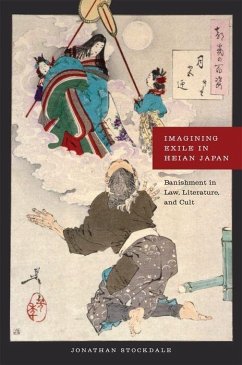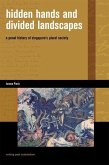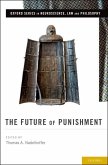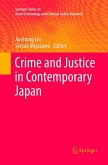For over three hundred years during the Heian period (794-1185), execution was customarily abolished in favor of banishment. During the same period, exile emerged widely as a concern within literature and legend, in poetry and diaries, and in the cultic imagination, as expressed in oracles and revelations. While exile was thus one sanction available to the state, it was also something more: a powerful trope through which members of court society imagined the banishment of gods and heavenly beings, of legendary and literary characters, and of historical figures, some transformed into spirits. This compelling and well-researched volume is the first in English to explore the rich resonance of exile in the cultural life of the Japanese court. Rejecting the notion that such narratives merely reflect a timeless literary archetype, Jonathan Stockdale shows instead that in every case narratives of exile emerged from particular historical circumstances--moments in which elites in the capital sought to reveal and to re-imagine their world and the circulation of power within it. By exploring the relationship of banishment to the structures of inclusion and exclusion upon which Heian court society rested, Stockdale moves beyond the historiographical discussion of "center and margin" to offer instead a theory of exile itself. Stockdale's arguments are situated in astute and careful readings of Heian sources. His analysis of a literary narrative, the Tale of the Bamboo Cutter, for example, shows how Kaguyahime's exile from the "Capital of the Moon" to earth implicitly portrays the world of the Heian court as a polluted periphery. His exploration of one of the most well-known historical instances of banishment, that of Sugawara Michizane, illustrates how the political sanction of exile could be met with a religious rejoinder through which an exiled noble is reinstated in divine form, first as a vengeful spirit and then as a deity worshipped at the highest levels of court society. Imagining Exile in Heian Japan is a model of interdisciplinary scholarship that will appeal to anyone interested in the interwoven connections among the literature, politics, law, and religion of early and classical Japan.
Hinweis: Dieser Artikel kann nur an eine deutsche Lieferadresse ausgeliefert werden.
Hinweis: Dieser Artikel kann nur an eine deutsche Lieferadresse ausgeliefert werden.








